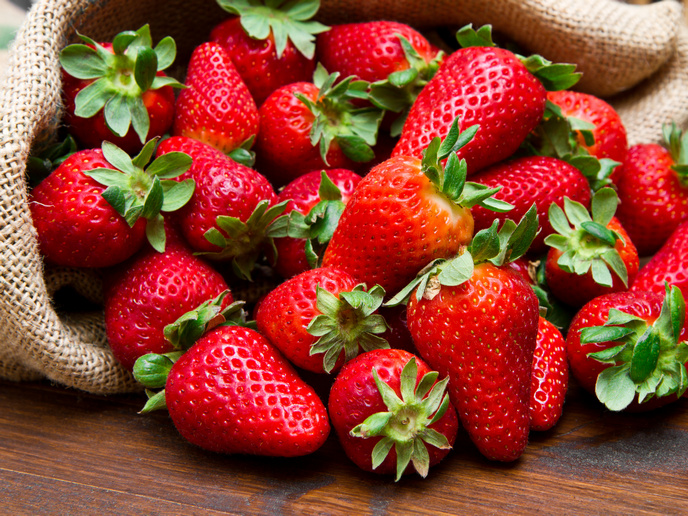Strawberry genes spill fruity secrets
A new study published in the journal ‘Horticulture Research’ identifies key genetic markers and candidate genes for breeding better strawberries. Supported by the EU-funded BreedingValue project, the study explores the genetic evolution of strawberry diversity over the past 160 years and identifies molecular markers for breeding programmes that result in more vibrant, juicier and longer lasting strawberries. The most widely consumed fruit across the globe, the cultivated strawberry came to be through the spontaneous hybridisation in 18th century France of two strawberry species imported from the New World. Since then, scientists have continuously striven to improve the strawberry by maintaining genetic diversity, while also improving fruit yield and qualities such as firmness and flavour. Another area focused on is the extension of storage periods and reduction of post-harvest rot, both of which are linked to fruit firmness and other fruit surface properties.
New genetic markers, better strawberries
While traditional breeding methods have struggled to balance genetic diversity with better fruit quality, advancements such as genome-wide association studies (GWAS) offer new opportunities. Using GWAS, researchers from the BreedingValue project’s French partners National Research Institute for Agriculture, Food and Environment (INRAE) and research centre Invenio have now uncovered key genetic markers linked to quality traits such as fruit weight, firmness and glossiness. The team identified 71 associations with 11 different quality traits, validating known markers such as firmness and sugar and discovering new quantitative trait loci. Three of the six selective sweeps detected are associated with glossiness and skin resistance – traits important for fruit attractiveness and post-harvest shelf life. The results point to substantial improvements of key breeding targets, including fruit weight, firmness, composition and appearance, occurring simultaneously in European and American cultivars. The researchers also noted a drop in genetic diversity in certain chromosomal regions due to selection pressure, emphasising the impact of breeding on genetic variation. The results of the study supported by the BreedingValue (Pre-breeding strategies for obtaining new resilient and added value berries) project have the potential to bring about significant changes to strawberry breeding programmes. Breeders can use the newly identified genetic markers to select traits that improve fruit quality, ultimately producing strawberries with a longer shelf life without having to compromise on colour and flavour. Study senior author and INRAE senior scientist Dr Béatrice Denoyes states in a ‘EurekAlert! news release: “This study offers a comprehensive view of strawberry genetic diversity and its impact on fruit quality. The identification of new genetic markers will significantly aid breeding programs focused on improving fruit traits that are important to both growers and consumers.” For more information, please see: BreedingValue project website
Keywords
BreedingValue, strawberry, fruit, genetic marker, genetic diversity, breeding, breeder



